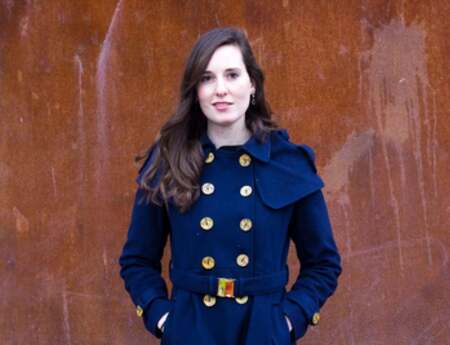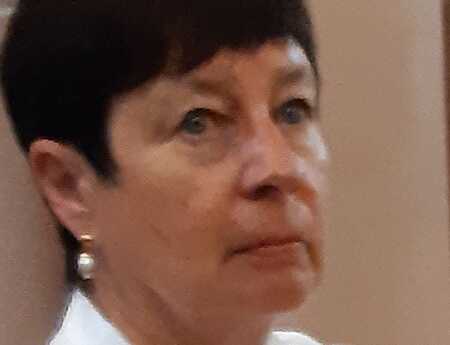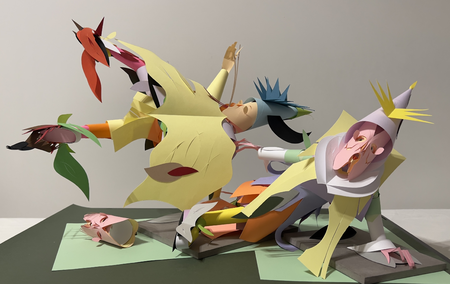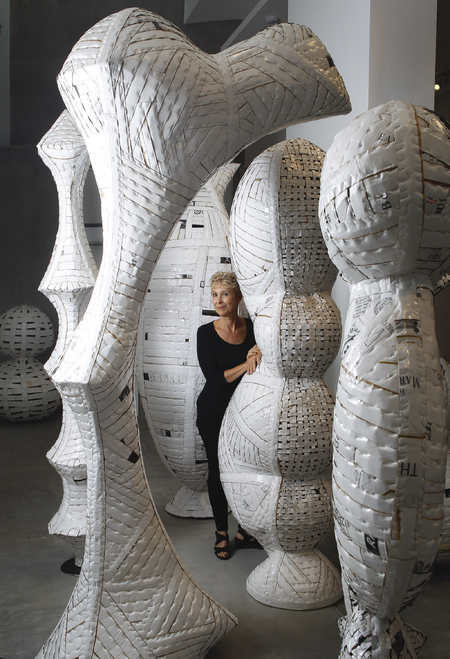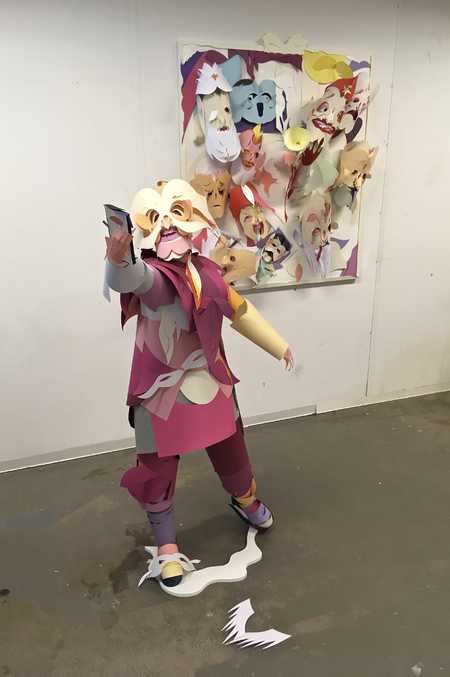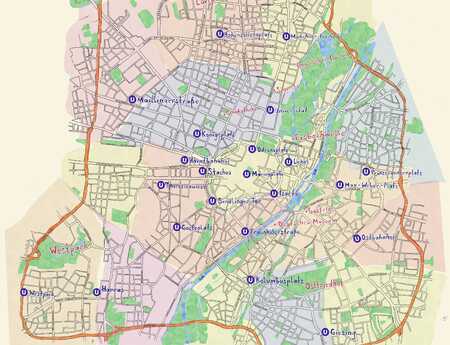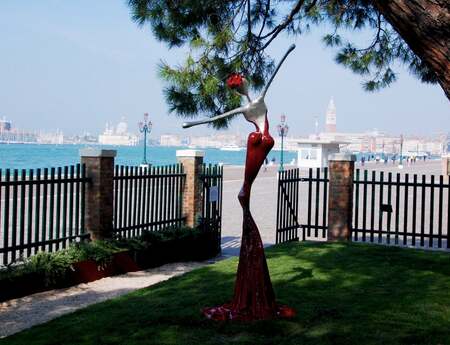Exploring the Delicate Strength of Paper Sculptures
Report Online Club: Paper As Sculptural Material II
When you think of sculpture, paper is not the first material that comes to mind. Stones or metals are a lot sturdier, and paper seems so fragile in comparison. Still during the Online Club of Monday 17 June 2024, hosted by curator Anne Berk, several artists showed what the fascinating possibilities of this material are.
Carton from the Street
Strangely shaped columns and massive round spheres made from cardboard boxes. Artist Ann Weber, based in Los Angeles, USA, has been working with carton since the beginning of the 1990’s. After a career in pottery she started experimenting with cardboard she found on the street, and discovered she could make huge sculptural objects with this material. She once cast a couple of spheres in bronze in an effort to use a more permanent material, but she decided that carton suited her sculptures better.
Through the shapes and the title of the work, she tells a story. Big columns shaped as minarets are called ‘Middle East’ as this style became popular at the inception of the Gulf War. And a sphere with a big flowing skirt is titled ‘Marie-Antoinette’. The later, which she produced in Germany, is made of coloured carton, which she found in the supermarket, as Germans shred all their cardboard boxes.
She doesn’t necessarily want her work to be political as she want her art to be open ended. A work she made for a library in California of a huge basket filled with buns and bagels as California is known as “the breadbasket of the world”. The basket balances on a ball pointing out that this status could be lost in a moments notice. More recent works are inspired by graffiti letters that can be found on urban walls she saw in Los Angeles, which Weber translated into wiggly shapes and bright coloured carton sculptures, so the form and material were both found on the street.

The Ecology of Parchment
In contrast to the carton that Weber finds, the German artist Helmut Frerick has been making his own paper from plants and vegetables for decades. For him ecological philosophy is central to his working process. Today these values have become common place with the matter of climate change, but Frerick has been using plant-based materials, filtered rain and renewable energy since the beginning of his art practice in the 80’s.
By trying to avoid potentially harmful chemicals that could be damaging to the earth, he creates indoor as well as outdoor installations that with their simple and minimalistic form are reminiscent of prehistoric tools and drawings. With some of these installations, part of the process is that the artwork will slowly degrade, like a paper sculpture that stood in the river and slowly flowed back into nature.
He started out using the technique of papier-mâché, a way in which little children are taught to make sculptures. Through the years he has developed his technique using plant-based parchment to develop cloud-like spheres and using lights to give them this mysterious ambiance. His sculptures can be found in various places such as churches, hotel lobbies and homes, so these dreamlike objects become part of daily life.
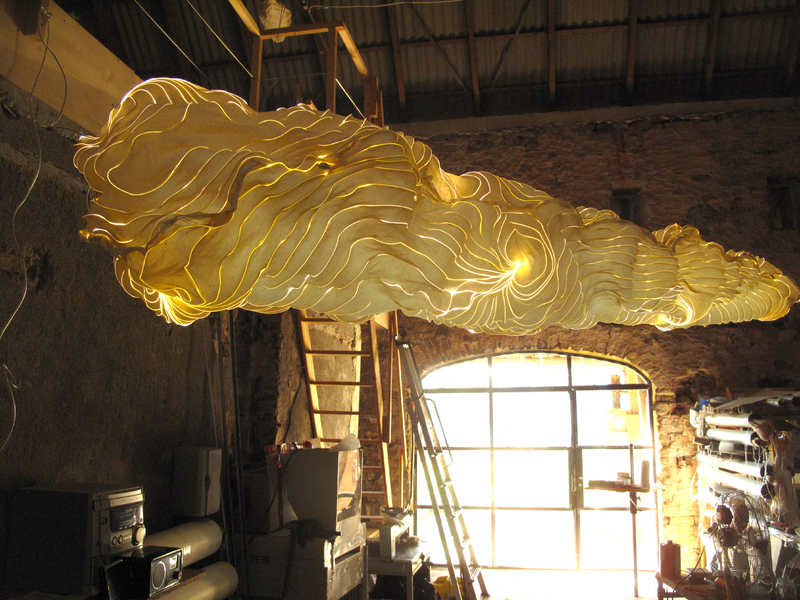
The Theatre of Paper Cutting
The paper art of the Armenian artist Karen Sargsyan takes on a theatrical quality. Sargsyan wanted to become an artist, but couldn’t find his footing within the Soviet system, so in 1991 he came to the Netherlands and was accepted to the prestigious Rijksakademie in Amsterdam. He was intrigued by the vulnerability of paper and started to work with it, making monumental sculptures with bright coloured papers.
His works show life-size figures made of paper wearing several layers of masks. It reminds us of the masks that are used in theatres around the world to portray different characters and emotions. At times these masks even have a spooky quality, as a pair of eyes pop-out behind the layers of paper. In his work ‘New Gravitation’ for the Groninger Museum in the Netherlands he filled a whole room with his sculptures creating a dynamic tableau vivant in which paper figures seem to jump right at you.
Sargsyan’s artworks are usually neatly cut, but in the work ‘The Operation’ he takes this to an extreme. We see a table which is an utter mess, filled with scratches of paper. Then there are limbs and body parts coming out under the table an laying around. With this work he refers to the medical operation table and the queasy feeling you can get right before an operation when you lay your life in someone else’s hands and you’re so vulnerable. At the same time he is referring to his own operations in which he cuts paper with surgical precision and makes it come to life.
The text was written in English by Sietske Roorda.

